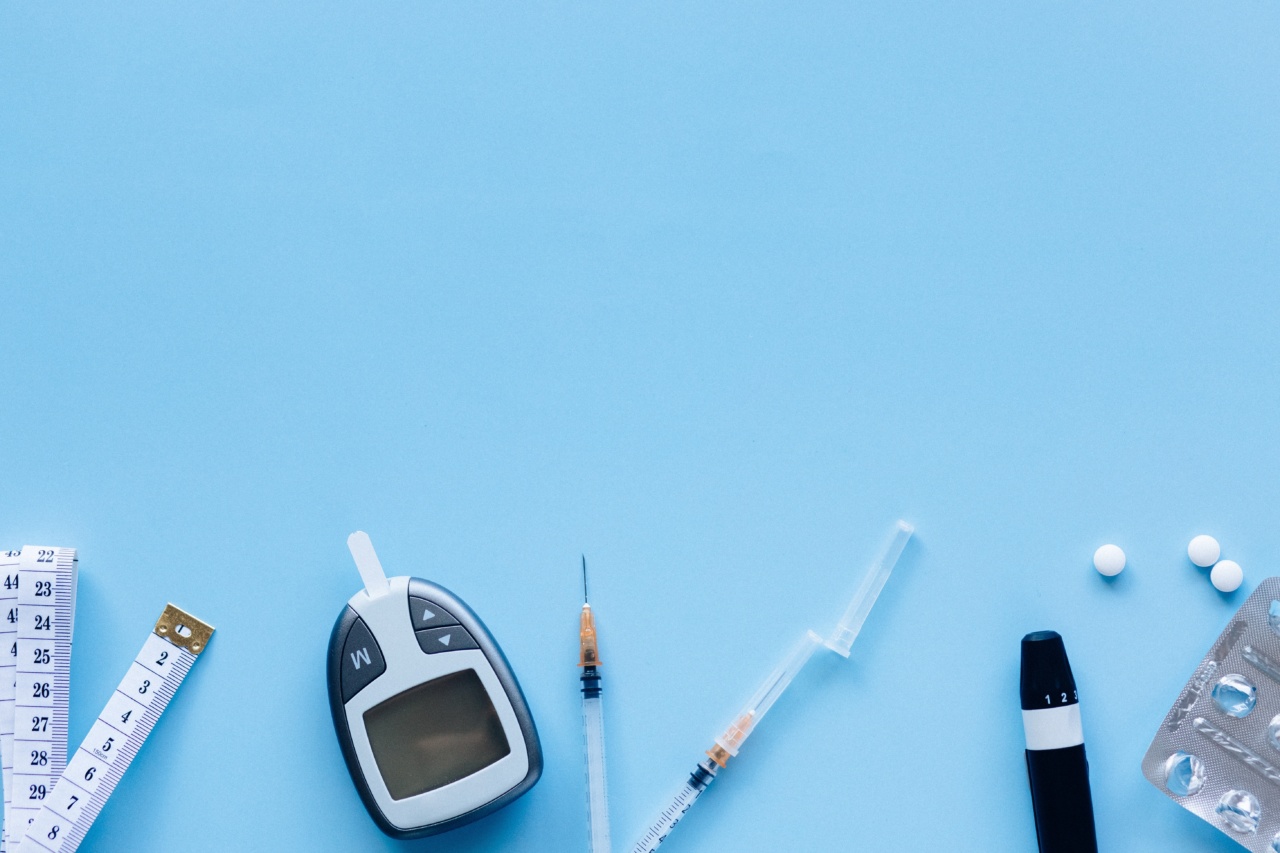Insulin resistance and diabetes are two closely related conditions that have a significant impact on the health and well-being of millions of people worldwide.
Understanding the link between these conditions is crucial for proper management and prevention. In this article, we will explore the relationship between insulin resistance and diabetes, delve into the causes and risk factors, and discuss strategies for prevention and treatment.
What is Insulin Resistance?
Insulin resistance is a metabolic disorder in which the cells of the body become less sensitive to the effects of insulin hormone. Insulin is produced by the pancreas and plays a key role in regulating blood sugar levels.
It helps transport glucose from the bloodstream into the cells, where it is used for energy. However, when the cells become resistant to insulin, glucose cannot enter effectively, resulting in high blood sugar levels.
Understanding Diabetes
Diabetes is a chronic condition characterized by high blood sugar levels. There are different types of diabetes, with the most common being type 1 and type 2 diabetes.
Type 1 diabetes is an autoimmune disease in which the body’s immune system mistakenly attacks and destroys the insulin-producing cells in the pancreas. As a result, individuals with type 1 diabetes require insulin injections for survival.
Type 2 diabetes, on the other hand, is primarily associated with insulin resistance. In this form of diabetes, the body still produces insulin, but the cells do not utilize it effectively, leading to elevated blood sugar levels.
Over time, the pancreas may struggle to keep up with the demand for insulin production, resulting in insulin deficiency.
The Connection between Insulin Resistance and Type 2 Diabetes
Insulin resistance is a key factor in the development of type 2 diabetes. The precise mechanisms underlying this link are not fully understood, but several factors are known to contribute to the development of insulin resistance. These include:.
1. Obesity and Excess Body Weight
Obesity, especially excess abdominal fat, significantly increases the risk of developing insulin resistance and type 2 diabetes.
Adipose tissue, particularly visceral fat, releases inflammatory substances that interfere with insulin’s action, leading to insulin resistance. Additionally, obese individuals usually have higher levels of free fatty acids in the bloodstream, which further impairs insulin sensitivity.
2. Sedentary Lifestyle
Lack of physical activity and a sedentary lifestyle play a significant role in the development of insulin resistance. Regular exercise improves insulin sensitivity, as physical activity increases glucose uptake by the muscles independently of insulin.
Conversely, a lack of exercise can contribute to weight gain, obesity, and insulin resistance.
3. Genetics and Family History
Genetics also play a role in the development of insulin resistance and diabetes. Having a close family member with type 2 diabetes increases the risk of developing the condition.
Various genetic variants influence insulin sensitivity and predispose individuals to insulin resistance.
4. Poor Diet
A diet high in refined carbohydrates, sugary foods, processed meats, and unhealthy fats can contribute to insulin resistance and the onset of type 2 diabetes.
Consuming excess sugar and refined carbohydrates leads to rapid spikes in blood sugar levels, putting additional strain on the pancreas to produce insulin. This chronic exposure to high levels of sugar can contribute to the development of insulin resistance.
5. Chronic Inflammation
Chronic inflammation in the body, often caused by conditions like obesity, plays a significant role in the development of insulin resistance.
Inflammatory substances interfere with the normal insulin signaling pathway, reducing insulin sensitivity and impairing glucose uptake by cells.
Prevention and Management of Insulin Resistance and Diabetes
While genetics and certain risk factors like age cannot be changed, several lifestyle modifications can help prevent or manage insulin resistance and diabetes. These include:.
1. Balanced Diet
A balanced diet is crucial for maintaining healthy blood sugar levels and preventing insulin resistance.
Eating a variety of whole foods, including fruits, vegetables, whole grains, lean proteins, and healthy fats, can support optimal insulin sensitivity. Limiting the intake of processed foods, sugary drinks, and excess carbohydrates is essential.
2. Regular Physical Activity
Engaging in regular exercise and physical activity is vital for preventing and managing insulin resistance. It helps to improve insulin sensitivity and promotes weight loss and overall metabolic health.
Aim for at least 150 minutes of moderate-intensity aerobic exercise per week, along with strength training exercises twice a week.
3. Weight Management
Maintaining a healthy weight through a combination of a balanced diet and regular exercise is crucial for preventing insulin resistance and type 2 diabetes.
For those who are overweight or obese, even modest weight loss can improve insulin sensitivity and reduce the risk of developing diabetes.
4. Stress Management
Chronic stress can contribute to insulin resistance by triggering hormonal imbalances and inflammation.
Adopting stress management techniques, such as mindfulness, yoga, or engaging in hobbies, can help reduce stress levels and improve overall well-being.
5. Regular Health Check-ups
Regular check-ups with healthcare professionals are essential for early detection, monitoring, and management of insulin resistance and diabetes.
Blood tests, including fasting glucose and HbA1c levels, can help assess blood sugar control and identify any potential issues.
Conclusion
The link between insulin resistance and diabetes is undeniable. Insulin resistance is a primary contributor to the development of type 2 diabetes, and addressing this condition is crucial for effective prevention and management.
By adopting a healthy lifestyle, including a balanced diet, regular physical activity, and stress management techniques, individuals can significantly reduce their risk of developing insulin resistance and subsequent diabetes.





























